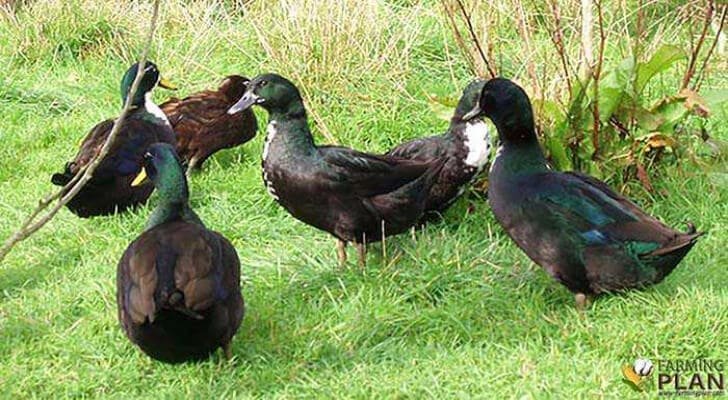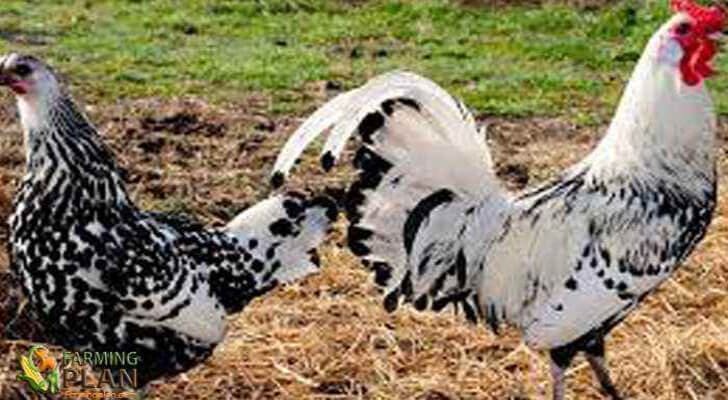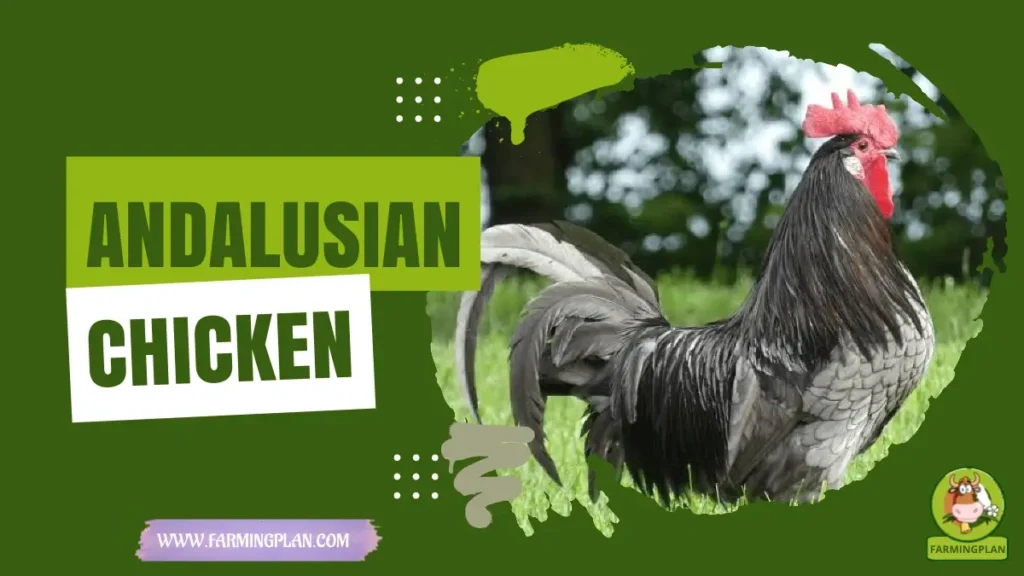The Shetland duck originates from the Shetland island of Scotland, as its name indicates, on one of the ends of the United Kingdom. This breed descends from the Swedish blue ducks when these were established in Scotland. That is why the similarity between both species is appreciated.
The Shetland Duck is a breed of duck that came from Shetland, off the coast of Scotland. This breed descends from Swedish Blue Ducks when these were established in Shetland. That is why there are many similarities between both species. They share similar plumage and size; they also have identical body types and behavior patterns.

Characteristics of Shetland duck
The Shetland duck has shiny black plumage, but with a white breast, occasionally has spots on the head or around the eyes which may be light or dark spots. The color of the feathers varies, sometimes they come with green litmus, and in some cases blue. When this breed is small it is gray in color with the same pattern as for when they are adults, they have a white breast, and with spots of white or cream color.
The hiring of the feathers is taking on color as they grow. Their legs are orange when they are adults, and when they are small they have small dark patches on the legs. The plumage of this breed is iridescent. They have the same bib that has Swedish blue ducks. The difference in the bib is irregularly shaped.
The breast is pure spots, which are not the same as Swedish blue ducks. Each duck of this breed Observes a different pattern. This duck fertility is high. No matter how many eggs they put. They will have a high capacity to generate more ducks. They produce between 30 and 50 eggs per year and weigh up to 50 grams.
Their egg production period is from April to September. When The female duck grows older then its eggs are increasing in size. The Shetland males are usually larger than females of this species. They are characterized by having a robust body.
Food
The Shetland duck feeding is based on seeds, fodder, insects and one or another parasite. They are excellent gatherers, so breeders leave them in open spaces to kill animals found in the grass, such as snails, slugs, worms.
Usage
Due to the high percentage of fertility, and to their little egg production per year. The farmers decided to market this species for their meat. This breed was in danger of extinction, although measures have been taken. So it has been taken into its production and care. So it does not become threatening to this species. Although today it is raised for ornamental purposes and as pets due to its behavior.
Special Feature
The Shetland duck is very attractive and is larger than wild ducks. A special feature of the Shetland race is that as they grow older white feathers appear, until in old age they become completely white. The eggs of this breed change color as the incubation time passes, changing from white to gray.
When they are born the ducklings are yellow or black. They are very docile and have a calm temperament. This duck is very active ducks. They are good collectors and try to be busy. It is a race that is resistant and has very good swimmers, so they can be quietly bred in rivers or lagoons, water is not a disadvantage for them, they can easily develop when raised in this type of habitat.
By the early 1990s, this breed was believed to have disappeared, until a few individuals of this species were found in England, and the production and care of this species were taken very seriously. So a program for its reproduction was created. There are very few specimens in the United States. There are more specimens in the United Kingdom, just as in Scotland and in neighboring countries they strive to maintain this species.
Duck Profile
| Duck name | Shetland duck |
| Other Name | Any |
| Duck Purpose | Meat |
| Feather color | Black and white |
| Weight | 1.8 to 2 Kg |
| Climate Tolerance | All climates |
| Egg Color | White |
| Egg Size | Medium |
| Egg Productivity | Low (30 to 50 eggs in the year). |
| Rarity | Normal |
| Country of Origin | Great Britain |
FAQ
Are Shetland ducks good layers?
Yes, Shetland ducks are good layers. They typically lay between 100-150 eggs per year, which is significantly more than other breeds of ducks. Additionally, their eggs are large and have a rich flavor that makes them desirable for baking and cooking.
What are Shetland ducks used for?
Shetland ducks are a small breed of domestic duck that is primarily kept for ornamental purposes. They have a unique look, with their small size, white feathers, and orange beak and feet. Shetland ducks are also known for being friendly and easy to handle, making them popular pets.
What do Shetland ducks eat?
Shetland ducks are omnivores, meaning they eat both plants and animals. In the wild, their diet consists of a variety of aquatic plants, small insects, worms, mollusks, crustaceans and amphibians. They also forage for seeds and other plant material on land.
Conclusion
If you’re a farmer or just someone who loves ducks of all breeds, this guide should have been helpful. We hope it has given you more information on the Shetland duck and its origins throughout history so that your experience with these friendly animals is an enjoyable one! In particular, we hope our readers will be able to differentiate between the Swedish blue duck and the Scottish breed for their own knowledge base. Good luck out there in finding some new friends!
As A Reference: Wikipedia


